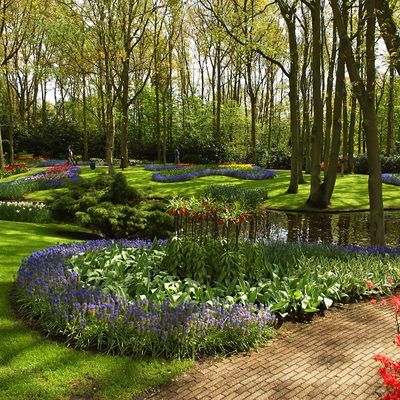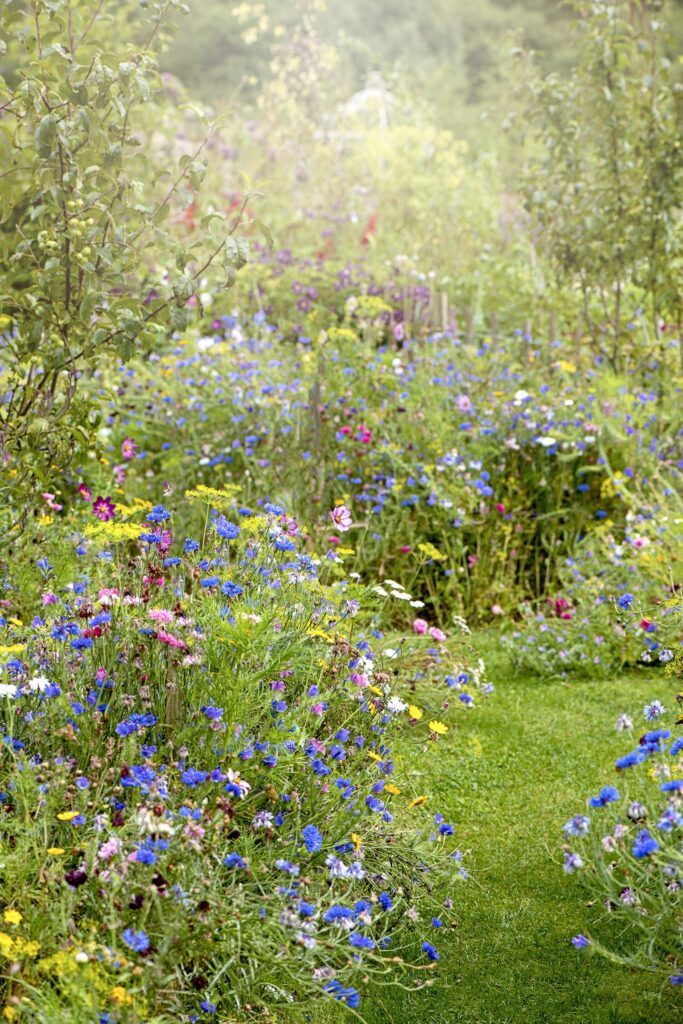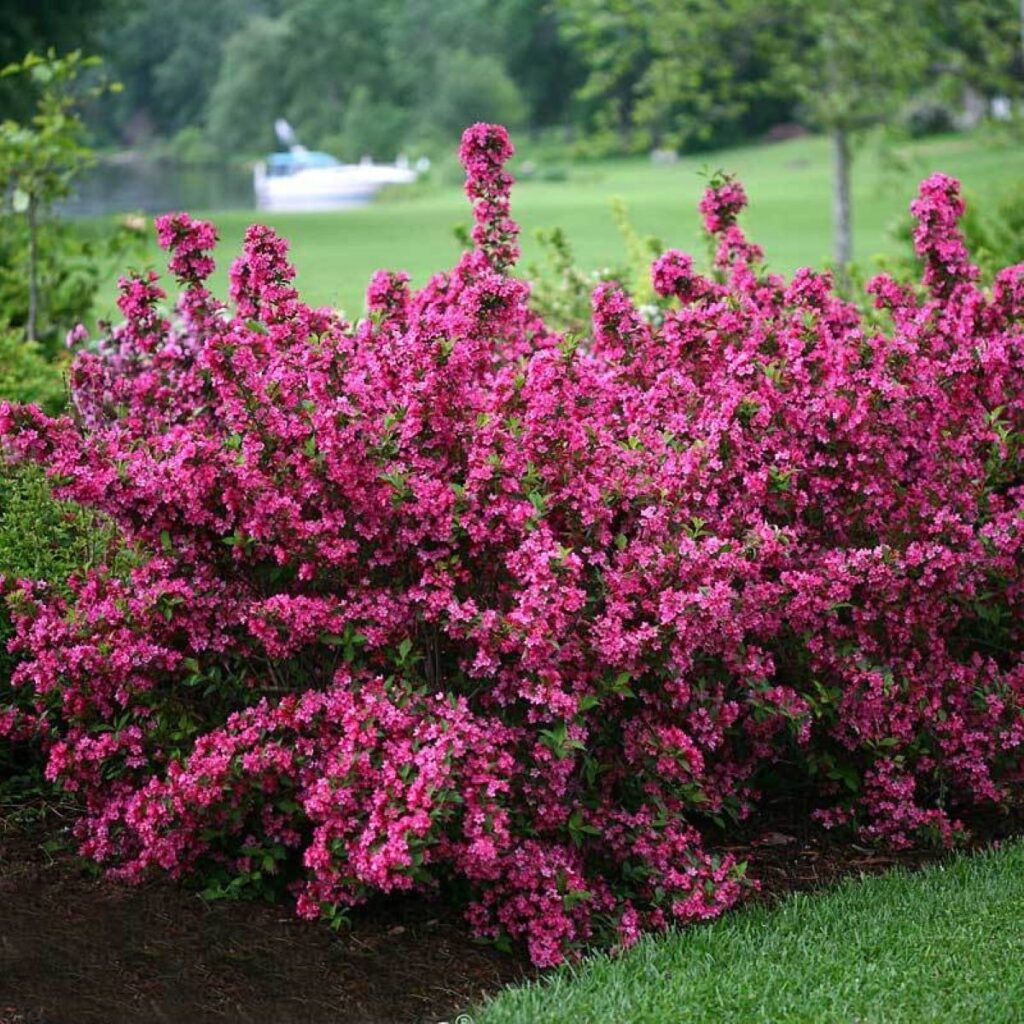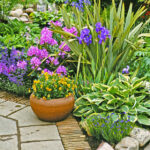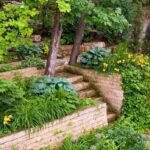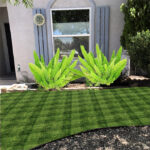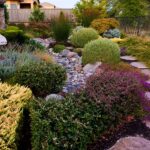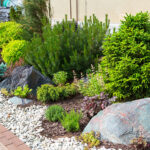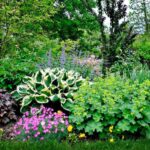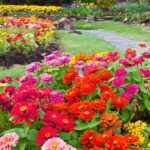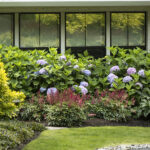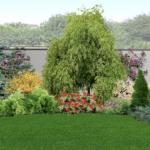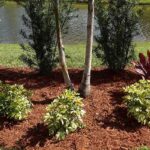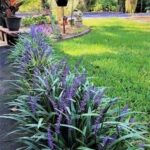Landscaping plants play a crucial role in enhancing the aesthetic appeal of any outdoor space. From vibrant flowers to lush greenery, the right selection of plants can transform a dull yard into a stunning garden oasis. When designing a landscape, it is important to consider various factors such as climate, soil type, sunlight exposure, and maintenance requirements to ensure the success of your plantings.
One popular choice for landscaping plants is perennial flowers, which come back year after year and require minimal care. Some examples of perennial flowers include lavender, coneflowers, and daylilies, which add color and texture to any garden. These plants are perfect for filling in gaps in flower beds or creating a focal point in a landscape design.
Trees and shrubs are also essential elements of landscaping, providing shade, privacy, and structure to outdoor spaces. Evergreen trees such as pine and cedar can create a sense of depth and permanence in a garden, while flowering shrubs like hydrangeas and azaleas add pops of color throughout the seasons. Deciduous trees such as maple and oak provide shade in the summer and allow sunlight to filter through in the winter.
Grasses and groundcovers are versatile plants that can be used to create borders, fill in empty spaces, or add visual interest to a landscape design. Ornamental grasses like fountain grass and pampas grass add movement and texture to a garden, while groundcovers such as creeping thyme and moss create a lush carpet of greenery. These plants are low-maintenance and can help prevent soil erosion and suppress weed growth.
For those looking to attract pollinators such as butterflies and bees to their garden, incorporating native plants is a great idea. Native plants are well-adapted to the local climate and soil conditions, making them easy to care for and resilient to pests and diseases. Plants like milkweed, black-eyed Susans, and butterfly bushes provide food and shelter for pollinators, helping to support the local ecosystem.
Incorporating a variety of landscaping plants in different shapes, sizes, and colors can create a harmonious and visually appealing outdoor space. By carefully selecting plants that thrive in your specific region and considering factors such as water requirements and sunlight exposure, you can create a sustainable and beautiful landscape that will bring joy and tranquility for years to come. Whether you prefer a formal garden with neat borders or a wild, naturalized look, landscaping plants offer endless possibilities for creativity and expression.
